Longline fishing is a commercial fishing technique. It uses a long line that can range from one to 80 km.long;, called the main line, with baited hooks attached at intervals by means of branch lines called "snoods". A snood is a short length of line, attached to the main line using a clip or swivel, with the hook at the other end.
Longlines are classified mainly by where they are placed in the water column. This can be at the surface or at the bottom. Lines are set by means of an anchor, or left to drift. Hundreds or even thousands of baited hooks can hang from a single line.
Longlines can be set near the surface to catch pelagic fish like swordfish, tuna, halibut, sablefish and other species and on the sea floor to catch deep dwelling fish like tilefish, cod and halibut. Many lines, however, can hook dolphins, sea turtles, sharks and seabirds that are also attracted to the bait. By sinking longlines deeper or using different hooks, fishermen can reduce the bycatch problem.
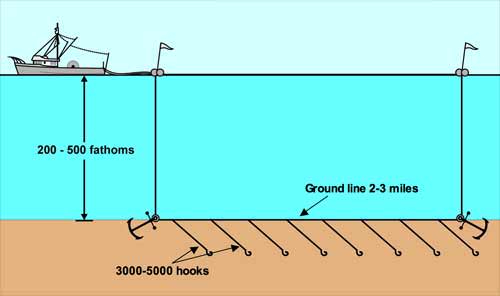
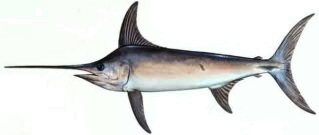
Swordfish - Xiphias gladius
Physical description
Swordfish are large, agressive fish (up to 4 meters long and a weight of 550 kg.) with rounded bodies and long flattened snouts. The scientific name comes from the Greek and Latin words meaning "sword". They have been reported to attack men, boats, whales and submersibles. Identifying characteristics are the lack of pelvic fins and gill rakers, and the presence of a single lateral keel located on each side of the caudal peduncle. Marlins, spearfish and sailfish have two keels. Swordfish are brownish-black on the back and upper sides, fading to a pale brown on the lower sides and belly.
Biological description
Swordfish are the most widely distributed billfish, occurring worldwide in all temperate, subtropical and tropical seas.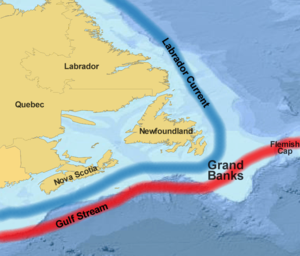 Spawning takes place in tropical waters when fish are 5 to 6 years old or older. Females grow faster, larger and live longer than males. Swordfish are opportunistic feeders that forage from the bottom to the surface over great depths and distances on mackerel, squid barracuda, redfish and filefish.
Spawning takes place in tropical waters when fish are 5 to 6 years old or older. Females grow faster, larger and live longer than males. Swordfish are opportunistic feeders that forage from the bottom to the surface over great depths and distances on mackerel, squid barracuda, redfish and filefish.
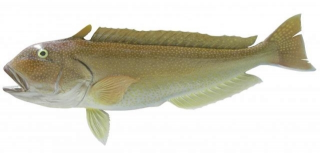
Golden Tilefish - Lopholatilus chamaeleonticeps
Physical description
The golden tilefish is easily distguishable fom other members of the family Malacanthidae by the large adipose flap, or crest, on the head. The species is blue-green and iridescent on the back, with numerous spots of bright yellow and gold. The belly is white and the head is rosy, with blue under the eyes. The pectoral fins are sepia-colored, and the margin of the anal fin is purplish-blue.
Biological description
Tilefish inhabit the outer continental shelf and upper continental slope along the entire east coast of the United States and the Gulf of Mexico south to Venezuela. They are found in waters from 75-460 meters deep, where bottom temperatures range from 9.5° to 14.5° C.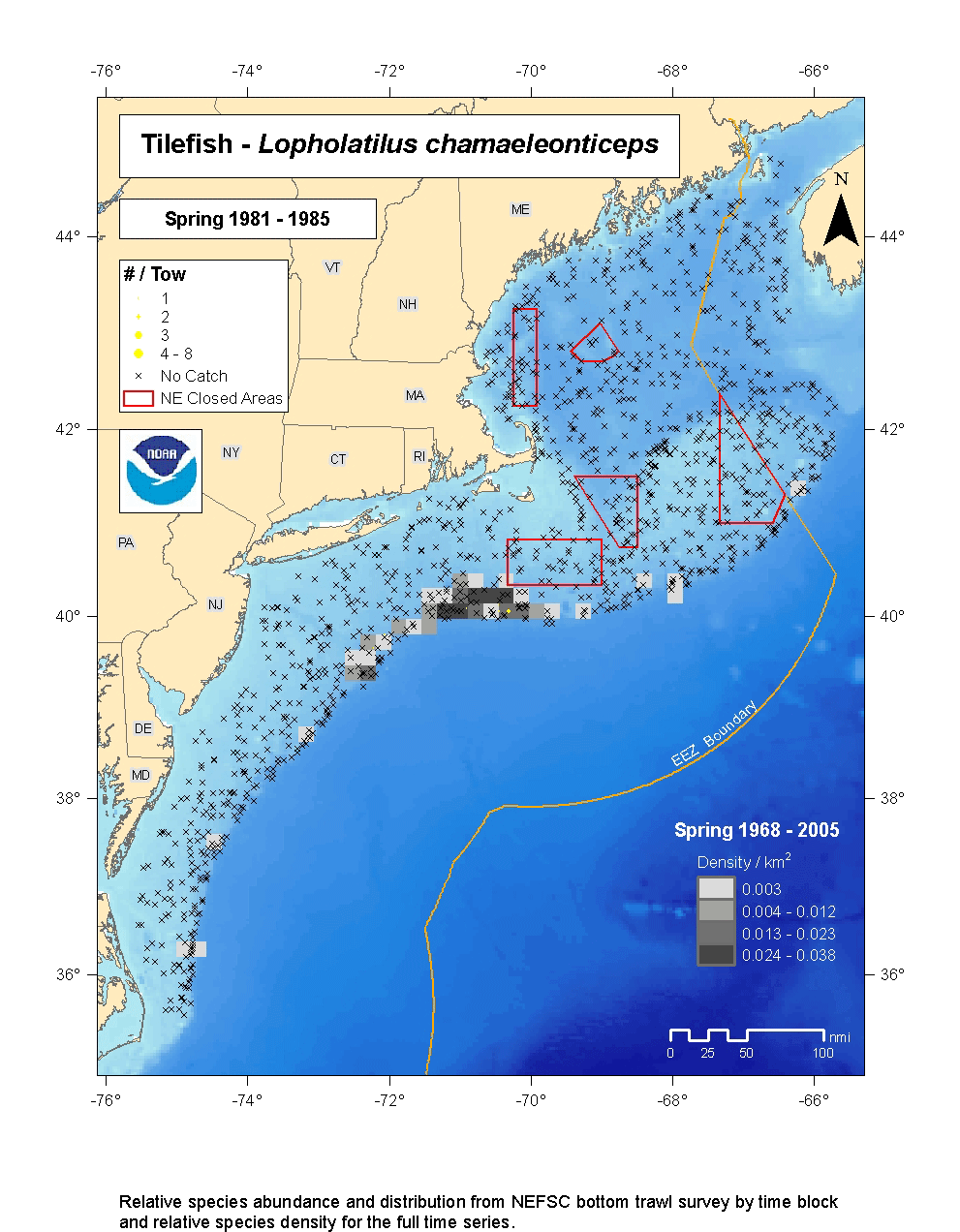 Individuals live in cone-shaped burrows, and concentrate in small groups or pods.Females are smaller than males, although whether or not the species displays hermaphrodism is unknown. Sexual maturity is reached when fish are about 70 cm. long and weigh about 4 kg. Spawning occurs from March to September, and females lay from 2-8 million pelagic eggs. Tilefish feed during the day on the bottom on crustaceans, clams, snails, worms, anemones and sea cucumbers. They can reach lengths of 96 cm., although growth is slow.
Individuals live in cone-shaped burrows, and concentrate in small groups or pods.Females are smaller than males, although whether or not the species displays hermaphrodism is unknown. Sexual maturity is reached when fish are about 70 cm. long and weigh about 4 kg. Spawning occurs from March to September, and females lay from 2-8 million pelagic eggs. Tilefish feed during the day on the bottom on crustaceans, clams, snails, worms, anemones and sea cucumbers. They can reach lengths of 96 cm., although growth is slow.
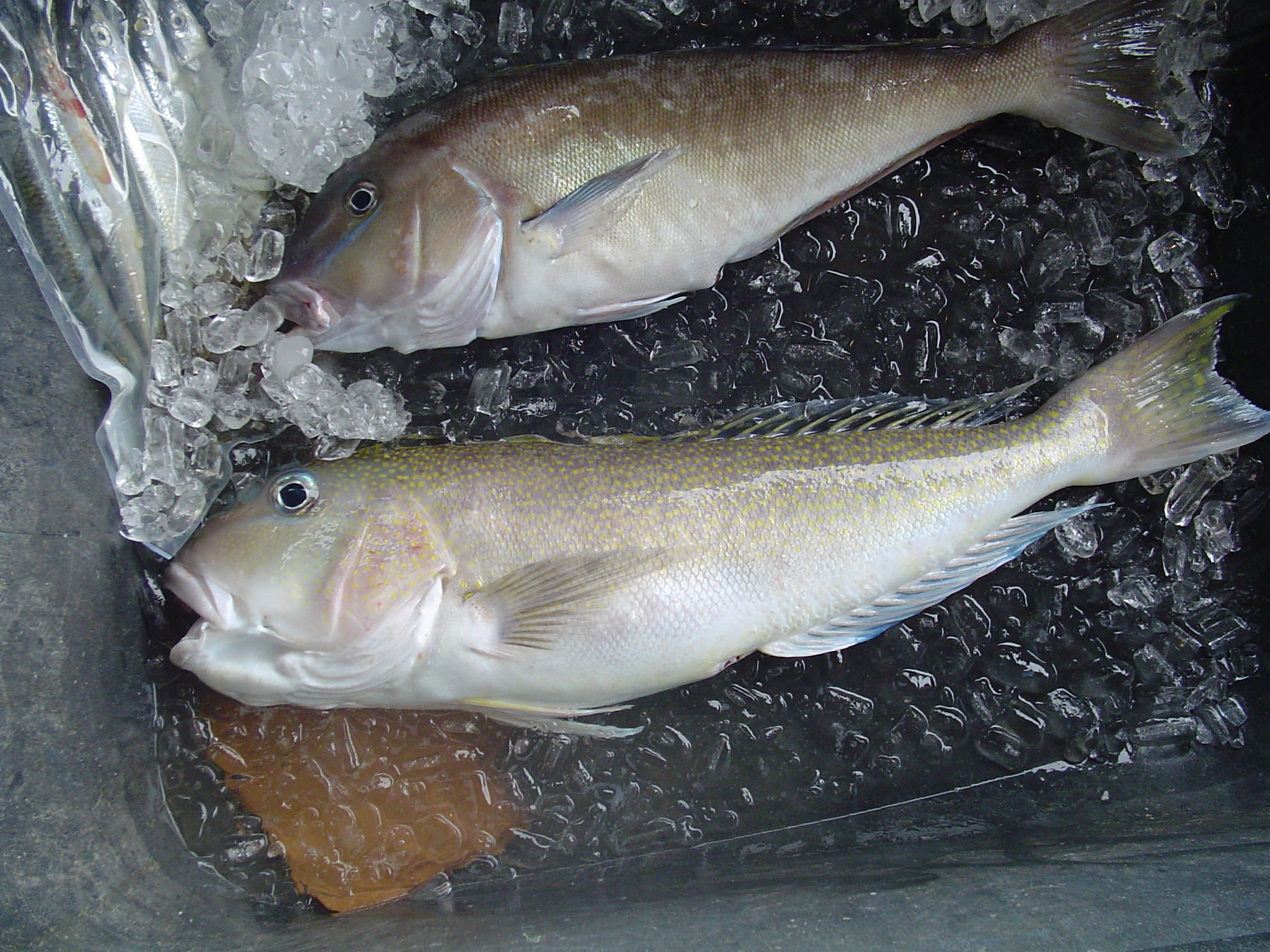
Since the 1980’s, over 85% of the commercial landings of Golden tilefish in the MA-SNE region have been taken in the longline fishery. During the late 1970’s and early 1980’s Barnegat, N.J. was the principal Golden tilefish port; more recently Montauk, N.Y. has accounted for most of the landings.
Party Boat (head boat, open charter boat)
Commercial sportfishing boats that charge a fee per passenger for regularly scheduled trips. The boat has posted departure and return times, holds a set number of passengers, and charges the same fixed fee for all voyagers. The numer of anglers (i.e. passengers) on a trip depends on the size of the boat, and the cost of the trip. Etiquete is a MUST for party boat fishing for both your sake, other anglers, and the crew.
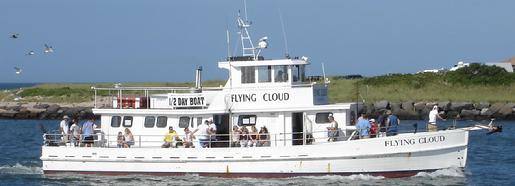
mv Flying Cloud
We are located just behind Dave’s Grill, 468 West Lake Drive, Montauk, NY 11954
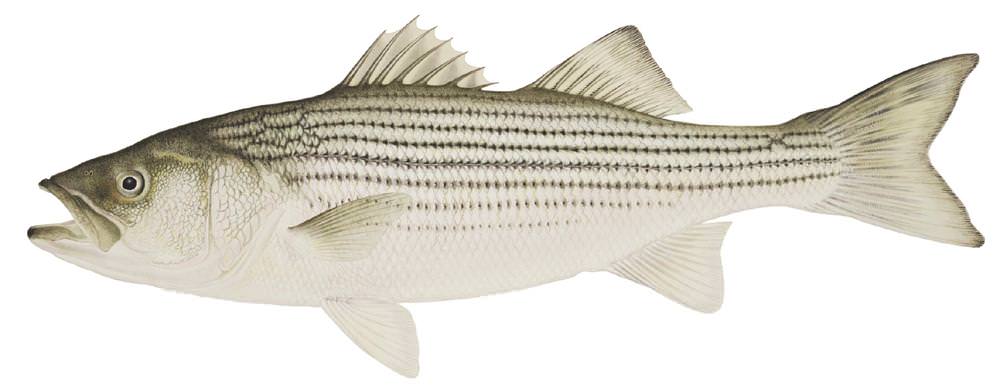
Striped Bass - Morone saxatilis (also called Atlantic striped bass, stripers, linesiders, rock, pimpfish,or rockfish) is the state marine fish of New York.
Physical description :
The striped bass is a typical member of the Moronidae family in shape, having a streamlined, silvery body marked with longitudinal dark stripes running from behind the gills to the base of the tail. Maximum size is 200 cm and maximum scientifically recorded weight 57 kg. Striped bass are believed to live for up to 30 years.
Biological description :
Striped bass are native to the Atlantic coastline of North America from the St. Lawrence River into the Gulf of Mexico to approximately Louisiana. They are anadromous fish that migrate between fresh and salt water. Spawning takes place in fresh water.
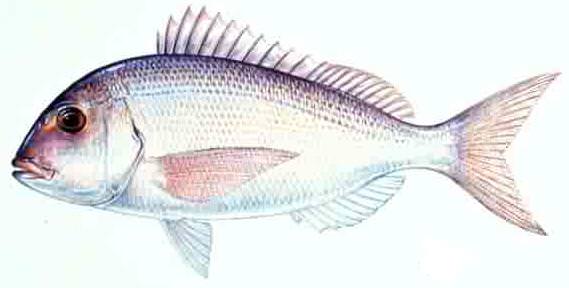
Porgy - Stenotomus chrysops (also called panfish)
The porgy is an Atlantic fish found from New England through Florida and the Bahamas. There are 2 primary
species known as the scup and the jolthead. The jolthead porgy is found further south than the scup porgy.
The scup averages 1 kilogram while the jolthead porgy is
bigger with some of these fish growing larger than 3.5 kg..
Catching Porgy
Porgy feed on the bottom along rocky, irregular bottoms where plenty of
mussels are available for them to eat. Light tackle is preferred with a
double hook setup so you can fish bait along the bottom and the other
bait about a foot off of the bottom. Smaller hooks are preferred with
natural baits such as pieces of clam, sandworms and bloodworms,
squid, conch and snails. Porgy are not very picky. They will eat a
variety of baits as long as they are small enough so they can get it in
their mouth. Pieces of tougher meat will stay on the hook better
allowing you to hook more fish. As you are lowering your bait to the
bottom, keep an eye on your line. These fish will hit your bait as soon
as it hits the bottom. If you aren’t ready for a bite immediately, you will
miss lots of fish. Porgy taste excellent, but they do have a few bones so
you have to be careful when filleting and eating them

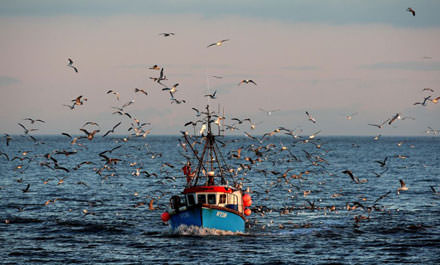
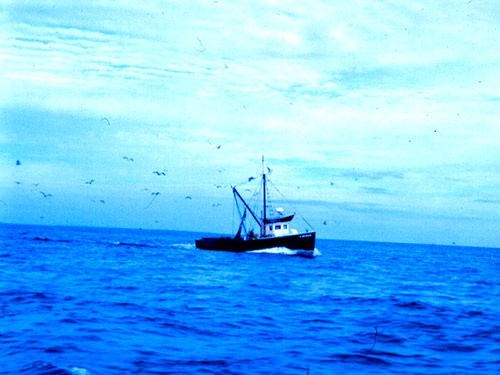
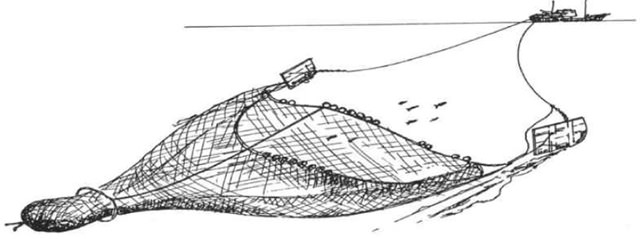

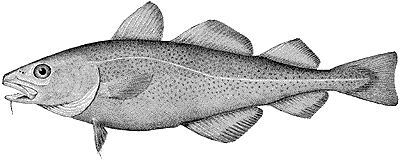
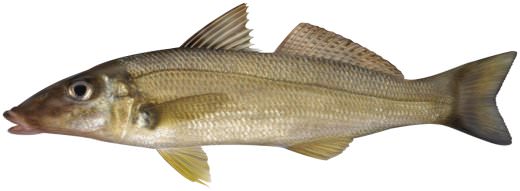
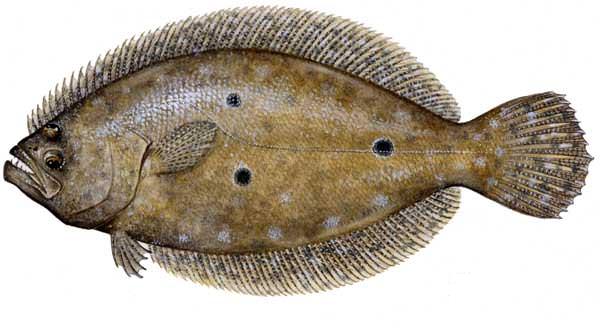
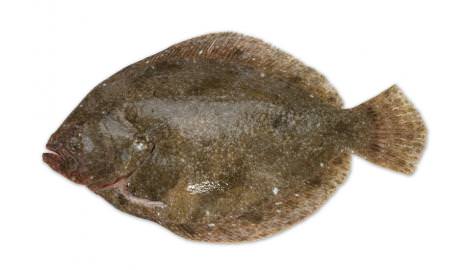
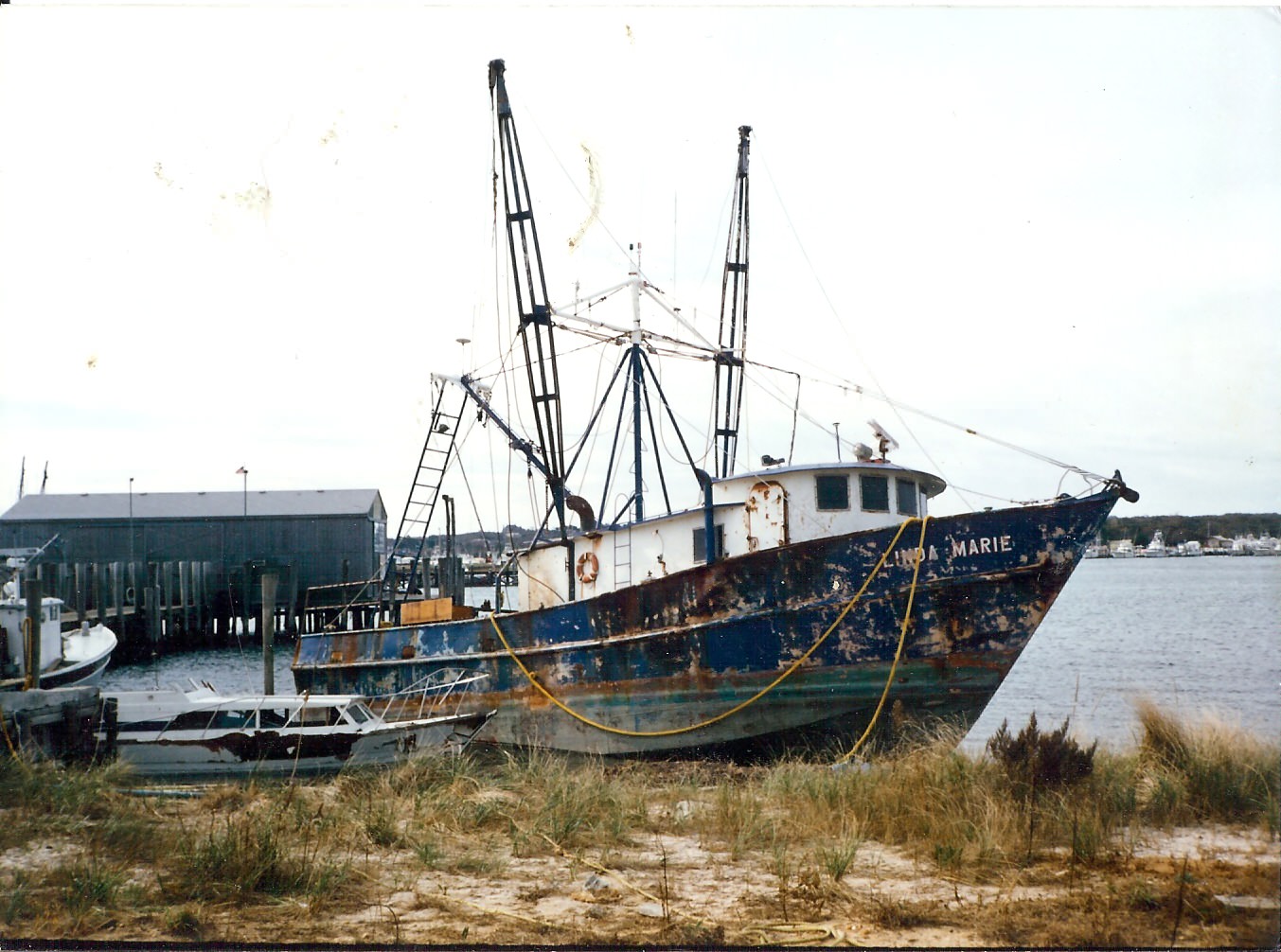
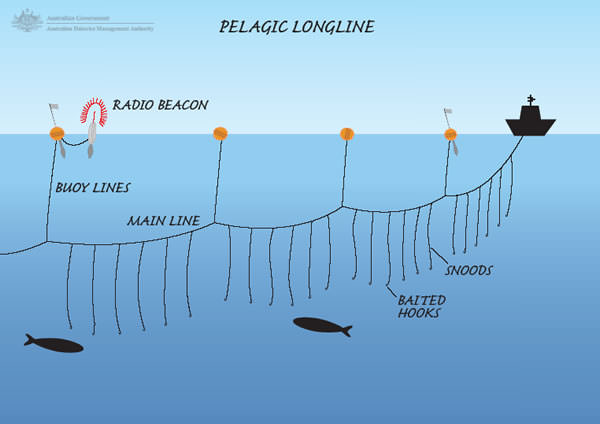


 Spawning takes place in tropical waters when fish are 5 to 6 years old or older. Females grow faster, larger and live longer than males. Swordfish are opportunistic feeders that forage from the bottom to the surface over great depths and distances on mackerel, squid barracuda, redfish and filefish.
Spawning takes place in tropical waters when fish are 5 to 6 years old or older. Females grow faster, larger and live longer than males. Swordfish are opportunistic feeders that forage from the bottom to the surface over great depths and distances on mackerel, squid barracuda, redfish and filefish.
 Individuals live in cone-shaped burrows, and concentrate in small groups or pods.Females are smaller than males, although whether or not the species displays hermaphrodism is unknown. Sexual maturity is reached when fish are about 70 cm. long and weigh about 4 kg. Spawning occurs from March to September, and females lay from 2-8 million pelagic eggs. Tilefish feed during the day on the bottom on crustaceans, clams, snails, worms, anemones and sea cucumbers. They can reach lengths of 96 cm., although growth is slow.
Individuals live in cone-shaped burrows, and concentrate in small groups or pods.Females are smaller than males, although whether or not the species displays hermaphrodism is unknown. Sexual maturity is reached when fish are about 70 cm. long and weigh about 4 kg. Spawning occurs from March to September, and females lay from 2-8 million pelagic eggs. Tilefish feed during the day on the bottom on crustaceans, clams, snails, worms, anemones and sea cucumbers. They can reach lengths of 96 cm., although growth is slow.


